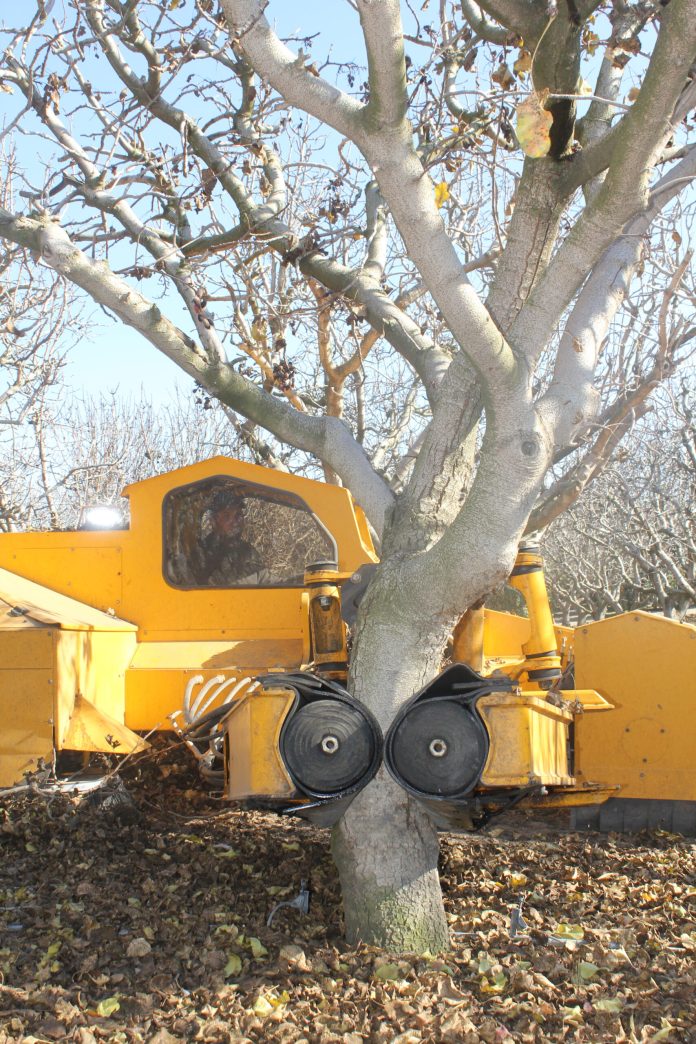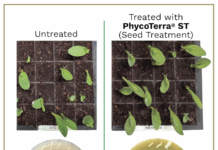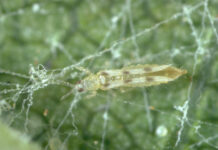
Walnut varieties with higher chill requirements during winter dormancy may be facing production challenges in the future. Climate prediction models are showing the amount of winter chill needed by trees may not be achievable every year.
UCCE Orchard Systems Advisor Katherine Jarvis-Shean said walnut varieties, including Chandler, might need some help to achieve a robust leaf-out in the spring. Research is ongoing to find the best strategies for material applications that help walnut trees overcome warmer winters.
Growers need to become familiar with the UC Davis Fruits and Nuts research on chill portions in preparation for warmer winters in the future, Jarvis-Shean said. Chill hour calculations differ from the newer chill portions models. Information on chill hours and portions can be found here.
Climate prediction models show that the amount of chill needed by walnut trees may not be achievable every year. A regional look at climate prediction models show more warming than cooling. There will still be variability, Jarvis-Shean said, but there will be more low-chill winters and more winters with lower chill than what is now experienced. By mid-century, the models are predicting less chill in the southern San Joaquin Valley than is necessary for the Chandler variety.
Research done over the last 30 years shows that dormancy is influenced by a number of factors, including hormones, transport capacity, oxidative stress and metabolism. Budbreak in the spring is normally preceded by a big upswing in starch production. Warm winters cause trees to lower their starch production and keep sugar levels stable. After trees make this adjustment, Jarvis-Shean said, they need more heat than normal in the spring to achieve high starch pre-budbreak.
Effects of a low-chill winter on walnut trees become apparent at leaf-out. Some buds don’t break, resulting in fewer flowers. A wider maturity window means there will be size variability in nuts. Early setting nuts are larger, taking up the available carbohydrates, and leaving later-maturing nuts much smaller.
Dormancy-breaking chemicals that can stimulate the hormone, transport capacity, oxidative stress and metabolism systems are under study to determine if their use can compensate for lower winter chill. Joint UC ANR/UC Davis studies are looking at applications of hydrogen cyanamide, also known as Dormex, a nitrogen cocktail and hormone analogue, over a couple of winters to understand how trees respond to treatments and to achieve consistent results.

















